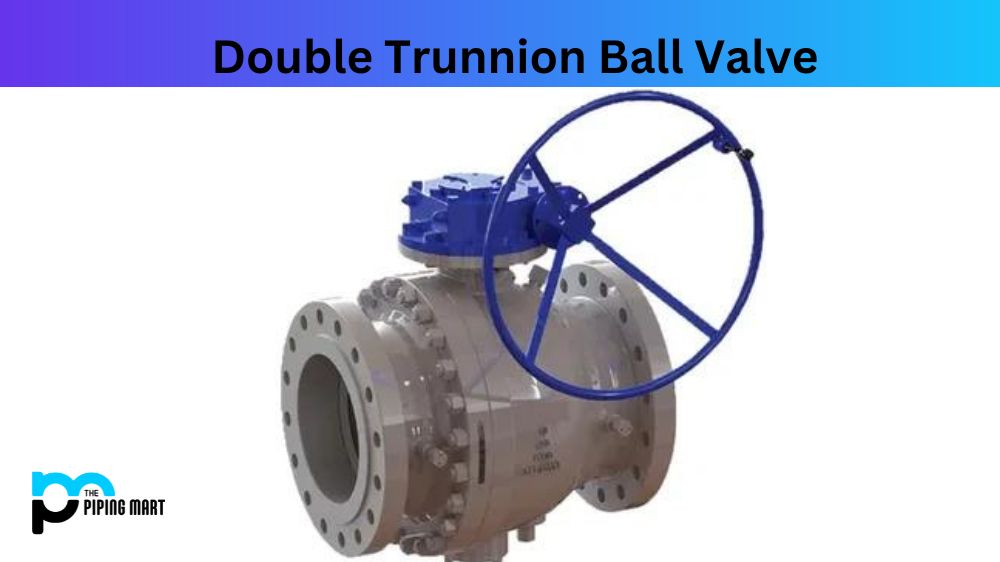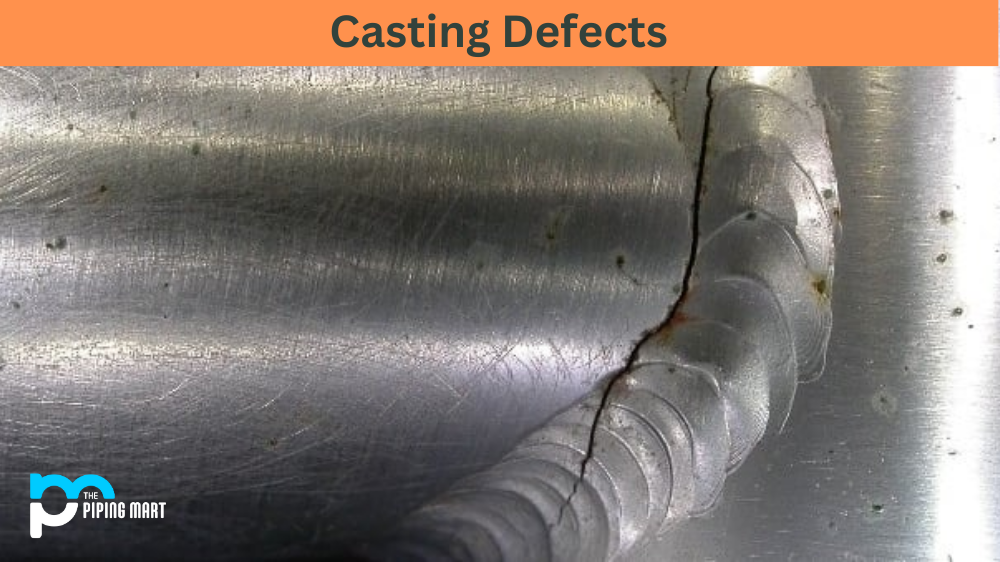Are you in search of valves for your industrial or commercial application? With the plethora of valves available in the market, choosing the valve type that suits your process can be confusing. One type of valve that is gaining much popularity owing to its precision and accuracy is the needle valve. In this blog post, we’ll learn all about the needle valve, its construction, operations, and how it differs from other valves.
What is Needle Valve?
A needle valve is a valve used to control the flow rate of liquids and gases. It comprises a narrow, tapered passage through which the flow passes and a long needle-shaped or cone-shaped component typically operated using a screw thread. This mechanism allows for precise regulation of the flow rate and shutoff when closed. Needle valves are commonly used in plumbing applications such as regulating pressure or controlling water temperature, gas lines such as those used for propane tanks, and other heavily pressurized industrial applications. They can also be found in automotive engines to regulate fuel delivery or in instrument panels to control air pressure.
Everything you Need to Know About Needle Valve
Needle Valve Construction
A needle valve comprises a tapered needle-like stem with a pointed end and a threaded stem. The stem uses a valve body with threaded or flanged inlet and outlet ports. The tapered stem can be attached to the valve actuation system, which controls the flow of liquid or gas.
Needle Valve Operation
The needle valve provides precision flow control of a liquid or gas. As the actuator moves the needle up and down, the pointed end slides up against the valve seat, which limits the flow area and throttles the flow of liquid or gas through the valve. As a result, the needle valve can adjust the flow rate more accurately and with greater control than other valve types that do not have a tapered stem.
Needle Valve Applications
Needle valves are used in applications where precise control of the fluid flow is required. Examples include gas flow control in chromatography, chemical injection pumps, and flow control in pneumatic systems. When used with pressure-measuring instruments, needle valves can calibrate pressure measurements.
Needle Valve vs Other Types of Valves
The major difference between a needle valve and other valves is their operating characteristics. While needle valves offer precision control and smooth throttling of fluids, other valve types, such as ball or globe valves, are better suited for full-flow control applications. Needle valves can also handle a wider range of temperatures and pressures than most ball or globe valves.
Needle Valve Maintenance
Like all other valves, needle valves require periodic maintenance to ensure optimal performance. Maintenance procedures include cleaning and lubricating the valve stem, disk, and seat to prevent clogging and corrosion, inspecting valve seals for leaks, and re-tightening loosened fittings. Proper maintenance ensures that the needle valve operates efficiently and reduces the risk of failure.
Conclusion:
With this information, you now understand what a needle valve is, how it works, its applications, and the differences between it and other types of valves. Needle valves are essential in applications where precision control of fluid is necessary, making them an ideal choice over other valve types. Proper maintenance ensures the needle valve operates efficiently over its lifetime and reduces the likelihood of failures. When selecting a needle valve, ensure that it is made from high-quality materials and meets the specifications of your application to ensure optimal performance.

A passionate metal industry expert and blogger. With over 5 years of experience in the field, Palak brings a wealth of knowledge and insight to her writing. Whether discussing the latest trends in the metal industry or sharing tips, she is dedicated to helping others succeed in the metal industry.




